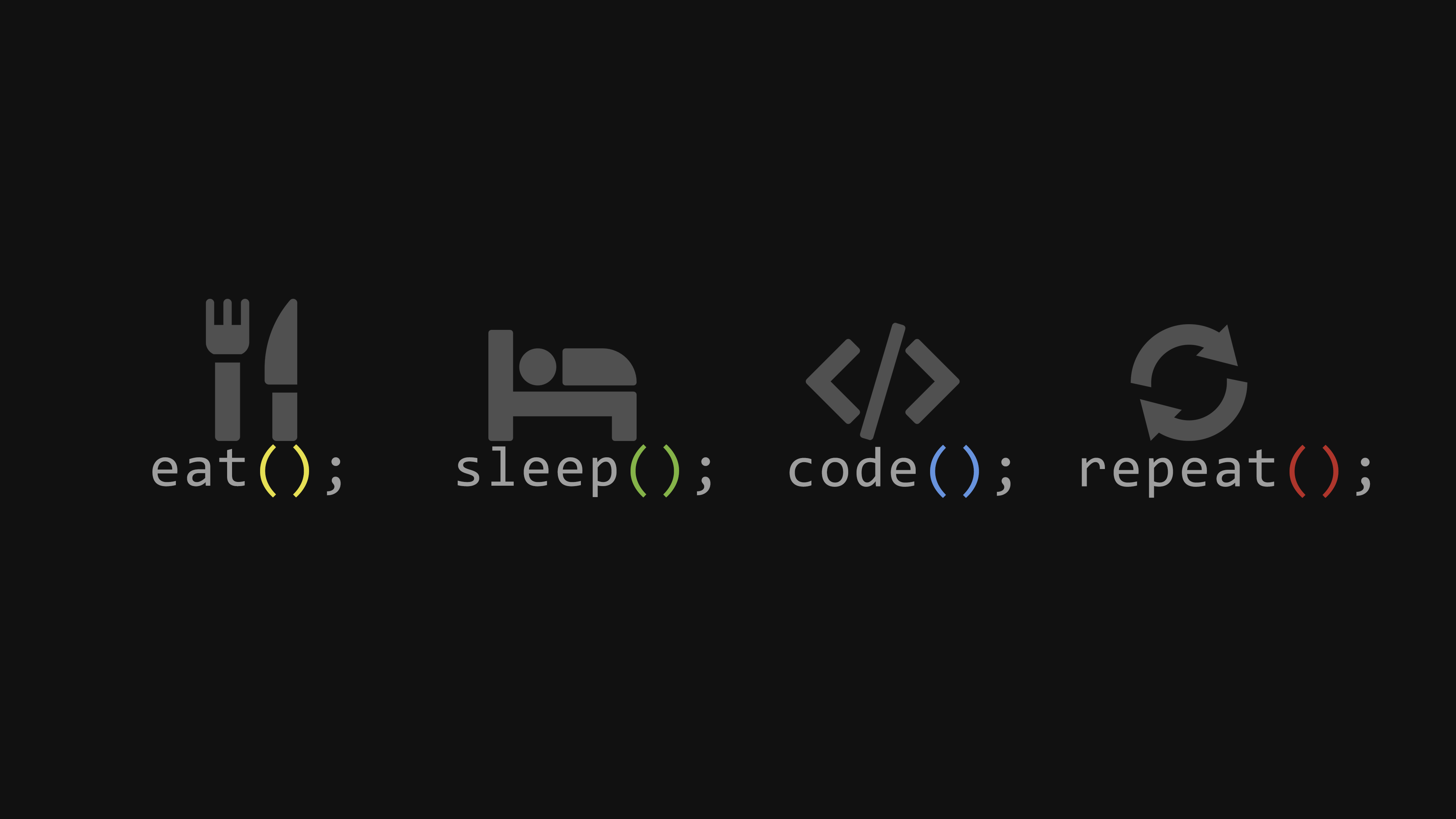
Modern Cpp 并发编程笔记(1)- 基础篇
本文大纲
- 并发编程基石:
std::thread- 创建和管理线程
- 线程的生命周期:
joinvsdetach - 向线程传递参数
- 并发编程的痛点:共享数据与竞态条件 (Race Condition)
- 什么是竞态条件?
- 一个经典的错误案例
- 解决之道:同步原语 (Synchronization Primitives)
- 互斥锁 Mutex:
std::mutex与std::lock_guard - 更灵活的锁:
std::unique_lock - 线程间的通信:
std::condition_variable
- 互斥锁 Mutex:
- 更现代、更高级的抽象
- 任务并行:
std::async,std::future,std::promise - 无锁编程入门:
std::atomic
- 任务并行:
- 总结与进阶之路
Part 1: 并发编程基石 std::thread
C++11 引入了 std::thread,这是我们进行并发编程的起点。它允许你在一个进程中创建多个执行流。
1.1 创建和管理线程
一个 std::thread 对象在创建时,需要接收一个可调用对象(函数、lambda表达式、函数对象等)作为其入口点。
1 |
|
讲解:
#include <thread>是必须的。std::thread t(worker_function);创建并立即启动了一个新线程。- 主线程和
t线程是并发执行的,你会看到它们的输出交织在一起。 t.join()是一个关键操作。它会阻塞主线程,直到子线程t执行完毕。不调用join(或detach) 会导致程序在t的析构函数中调用std::terminate而崩溃。
1.2 线程的生命周期:join vs detach
一个 std::thread 对象必须在其生命周期结束前被明确地处理,你有两种选择:
join(): 如上例所示,等待线程结束。这是最常用、最安全的方式。一个线程只能被join一次。在调用join后,t.joinable()会返回false。detach(): 将子线程从std::thread对象中分离,让它在后台独立运行。主线程不再能与它交互,也无法等待它结束。这通常用于“发射后不管”的后台任务,但非常危险,因为你失去了对线程的控制。如果主线程结束,所有分离的线程也会被操作系统强制终止。
detach 的危险示例:
1 | // ... (类似上面的代码) |
核心建议:**优先使用 join()**。只有在你非常确定子线程的生命周期与主线程无关,且子线程能自行管理资源时,才考虑 detach()。
1.3 向线程传递参数
向线程函数传递参数非常直接,但有一个巨大的陷阱:默认情况下,所有参数都是按值复制的。
1 |
|
讲解:
std::thread的构造函数不理解引用。它会复制你传递的所有东西。- 如果你想传递引用,必须使用
std::ref()包装器。对于const引用,使用std::cref()。这是为了防止你无意中犯下难以调试的错误。
Part 2: 共享数据与竞态条件 (Race Condition)
当多个线程访问同一个变量,并且至少有一个线程会修改它时,问题就来了。
竞态条件 (Race Condition):程序的最终结果取决于多个线程执行的相对顺序。这通常会导致不可预测的、随机的错误。
一个经典的错误案例:多线程累加
我们让两个线程同时对一个共享变量各加 100 万次,期望结果是 200 万。
1 |
|
为什么错了?counter++ 并非一个原子操作。它至少包含三个步骤:
- 读取
counter的当前值到寄存器。 - 在寄存器中增加该值。
- 将寄存器中的新值写回
counter。
想象一下这个场景:
- 线程1读取
counter(值为 5)。 - 操作系统切换到线程2。
- 线程2读取
counter(值仍然是 5)。 - 线程2在寄存器中加1,得到6,并写回
counter。现在counter是 6。 - 操作系统切换回线程1。
- 线程1(对线程2的操作一无所知)在它的寄存器中加1(基于它之前读取的5),得到6,并写回
counter。现在counter还是 6。
两个 ++ 操作,结果只增加了1。数据丢失了! 这就是竞态条件。
Part 3: 解决之道:同步原语
为了解决竞态条件,我们需要确保对共享数据的访问是互斥的,即一次只有一个线程可以访问。
3.1 互斥锁 (Mutex):std::mutex 与 std::lock_guard
std::mutex(互斥量)是最基本的同步原语。它像一个只能由一人持有的令牌。
mtx.lock(): 尝试获取锁。如果锁已被其他线程持有,则当前线程阻塞,直到锁被释放。mtx.unlock(): 释放锁。
手动管理锁(不推荐):
1 | std::mutex mtx; |
这很危险!如果在 lock() 和 unlock() 之间发生异常,unlock() 就不会被调用,导致锁永远不被释放,所有其他等待该锁的线程都会永久阻塞(即死锁)。
现代C++的优雅方案:RAII 与 std::lock_guard
RAII (Resource Acquisition Is Initialization) 是一种C++编程范式,保证在对象创建时获取资源,在对象销毁时释放资源。std::lock_guard 就是为 std::mutex 设计的RAII包装器。
1 |
|
讲解:
std::lock_guard<std::mutex> guard(mtx);在其构造函数中锁定了mtx。- 当函数返回或因异常退出时,
guard对象的析构函数保证会被调用,从而自动释放锁。 - 黄金法则:总是使用
std::lock_guard或其他RAII锁来管理std::mutex。
3.2 更灵活的锁:std::unique_lock
std::lock_guard 非常好用,但功能单一。std::unique_lock 提供了更多的灵活性,但开销也稍大。
std::unique_lock 的特点:
- 同样遵循RAII,但它不要求在构造时就锁定。
- 可以手动调用
lock()和unlock()。 - 可以将锁的所有权转移(
std::move)。 - 可以与
std::condition_variable配合使用(稍后讲解)。
1 | std::mutex mtx; |
建议: 优先使用 std::lock_guard,因为它更简单、开销更小。只有当你需要 std::unique_lock 提供的额外灵活性时才使用它。
3.3 线程间的通信:std::condition_variable
有时候,一个线程需要等待某个条件达成才能继续执行,而这个条件是由另一个线程改变的。例如,生产者-消费者模型。
- 生产者:向队列中添加数据。
- 消费者:从队列中取出数据。
如果队列是空的,消费者应该等待,而不是空转浪费CPU。这就是 std::condition_variable 的用武之地。
std::condition_variable 总是与 std::mutex 和 std::unique_lock 一起使用。
cv.wait(lock, predicate): 原子地释放lock并让当前线程休眠。当被唤醒时,它会重新获取lock并检查predicate(一个返回bool的 lambda)。如果predicate为true,wait返回;否则继续休眠。cv.notify_one(): 唤醒一个正在等待的线程。cv.notify_all(): 唤醒所有正在等待的线程。
生产者-消费者示例:
1 |
|
讲解:
- 消费者使用
std::unique_lock因为wait需要能够解锁和重新锁定它。 wait的 lambda[]{ return !data_queue.empty() || finished; }至关重要。它处理了“虚假唤醒”(spurious wakeups),并正确地处理了生产结束的逻辑。线程被唤醒后必须重新检查条件,确保不是被错误地唤醒。
Part 4: 更现代、更高级的抽象
直接操作 std::thread 和 std::mutex 有时很繁琐,特别是当你只关心一个任务的结果时。
4.1 任务并行:std::async, std::future, std::promise
std::async: 启动一个异步任务,并返回一个 std::future 对象。它让你像调用一个普通函数一样启动一个后台任务,并方便地获取其返回值。
std::future: 一个“未来的凭证”。你可以用它来查询异步任务是否完成,并用 get() 方法阻塞并获取结果。get() 只能被调用一次。
1 |
|
讲解:
std::async比手动创建std::thread、传递引用、设置std::promise要简单得多。它为你处理了所有细节。std::future优雅地解决了从线程获取返回值的问题。
std::promise: 当 std::async 不够灵活时,你可以使用 std::promise 和 std::future 对。promise 用于在一个线程中设置值,future 用于在另一个线程中获取该值。
1 | std::promise<int> p; |
4.2 无锁编程入门:std::atomic
对于非常简单的操作(如递增计数器、设置布尔标志),使用互斥锁的开销可能过大。std::atomic 为此而生。
std::atomic<T> 模板对类型 T 的所有操作都变成原子操作,即不可分割的。
让我们用 std::atomic 重新实现那个错误的累加器:
1 |
|
讲解:
std::atomic<long long>保证了atomic_counter++在硬件级别是原子的。它通常比使用互斥锁快得多,因为它避免了线程阻塞和上下文切换。- 适用场景:
std::atomic非常适合用于简单的标志、计数器或指针。对于复杂数据结构(如std::vector)的保护,你仍然需要使用互斥锁。
总结与进阶之路
本文总结了现代C++并发编程的核心工具集:
std::thread: 创建和管理执行流。std::mutex/std::lock_guard: 保护共享数据,防止竞态条件。std::condition_variable: 实现线程间的等待/通知机制。std::async/std::future: 进行简单的任务并行和获取结果。std::atomic: 对简单类型进行高效、无锁的原子操作。
下一步学什么?
- 死锁 (Deadlock): 了解死锁产生的原因(两个或更多线程互相等待对方释放锁)和避免方法(如
std::scoped_lock(C++17),它可以同时锁定多个互斥锁而不会死锁)。 - 线程池 (Thread Pool): 在实际应用中,频繁创建和销毁线程开销很大。学习如何实现和使用线程池来复用线程。
- C++17并行算法: C++17 在
<algorithm>和<numeric>中引入了执行策略(如std::execution::par),可以轻松地将标准算法并行化。 - C++20新特性:
std::jthread: 一个支持自动join的std::thread,更安全。- 协程 (Coroutines): 一种更轻量级的并发模型,适合大规模I/O密集型任务。
std::latch和std::barrier: 新的、更简单的同步原语。
- 内存模型 (Memory Model): 这是一个非常深入的话题,涉及到底层硬件如何保证不同线程之间的内存可见性。
std::atomic的memory_order参数就与此相关。
推荐书籍:
- 《C++ Concurrency in Action, 2nd Edition》 by Anthony Williams
https://beefnoodles.cc/assets/book/C++%20Concurrency%20in%20Action.pdf
- Title: Modern Cpp 并发编程笔记(1)- 基础篇
- Author: Ethan Xu
- Created at : 2025-04-10 15:24:04
- Updated at : 2025-09-17 19:38:58
- Link: https://ethanx.netlify.app/2025/04/10/cpp-concurrency-1/
- License: This work is licensed under CC BY-NC-SA 4.0.